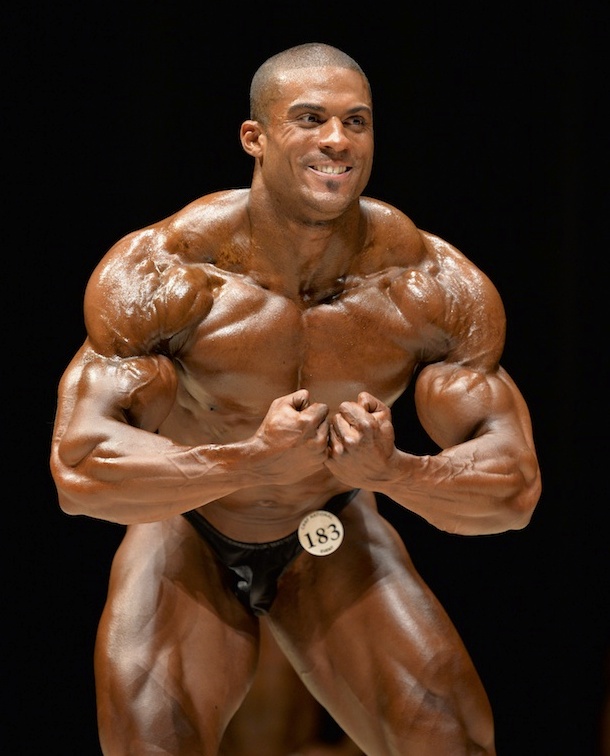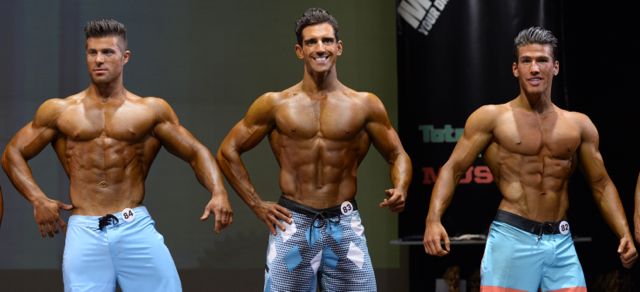Elite Physique

Educated at the University of Western Ontario, Dan employs his degree in Kinesiology as the foundation of his personal training business Elite Physique. He’s also a National level bodybuilder and judge. Dan’s earned a reputation for his knowledge and his tell-it-like-it-is approach to performance enhancement!

Reverse Dieting
Reverse dieting is the term coined to describe the gradual reintroduction of food types and calories after the competition diet phase. It’s not uncommon (read: actually very common) for an athlete to gain a substantial amount of body weight in the week that follows a competition. Old-school bodybuilders would marvel and brag about who was able to gain the most post-show. I’ve heard tales of guys packing on 30 pounds easily within three or four days! That’s all in the past. Most body-conscious athletes now demand a gradual body weight gain so as to not totally undo all of their dieting efforts in the days immediately following a competition. Physique and bikini athletes are especially sensitive to how they look year-round, so a strategy must be put in place that ensures maximal muscle gains, minimal fat gains, and minimal water retention issues. My column really limits the amount of information I can relay but I’ll try my best to hit the key points. If MUSCLE INSIDER owner Scott Welch gets enough reader feedback, I’d be more than happy to expand my article and go into more detail of what the current crop of successful athletic models are doing to stay in shape year-round.
Below is just an example of one diet strategy:
When I look at an athlete’s end stage diet (the Monday before show day), I generally find a meal plan that consists of a few minor fat sources (avocado, extra-virgin olive oil, etc.), lean proteins (white fish and chicken), a good amount of veggies (asparagus, lettuce, etc. be damned) and low to zero starchy carbs (what the hell are they?).
I also want to see what the diet looked like at the six- and two-week-out points. This helps me gauge how the client handles food. Of course, I compare these different stages in the diet to their progress pictures. How does the client want to look? All of these data help to provide the necessary info to design the best possible rebound plan of attack.

Generally, I like to start by adding macros back into the diet in the following hierarchy: starchy carbs, essential fats, lean protein, and fibrous vegetables. Starchy carbs such as potatoes, rice, or oatmeal would be my first choice, and they would be added post-workout, then to the first meal of the day, and finally pre-workout. I would normally start the carb/calorie breakdown like this:
Post-workout: 100%
Transitioning to the final goal, I would have the starchy carbs calorie split as follows:
First meal: 30%
Pre-workout: 20%
Post-workout: 40%
Other: 10%
This assumes that a final ratio of 30:40:30 (carbs:protein:fat) is the target. Please remember that this is just a generalized plan. Each client is different, and determining the “magic” breakdown is why I’m hired.

The real key to a successful rebound is to slowly implement the changes. Give your rebound a good four to six weeks to get to where you need to be in order to be within striking distance of a photoshoot or another contest. Bikini girls are generally around three to four weeks, as their off-season and contest diets really shouldn’t deviate too much. The biggest hurdle for a client to get over is the week post-show. The Sunday binge invariably brings with it water retention (can you say “cankles”?) and the knowledge that the flood gates have been opened. Cravings will be nitrous charged and in overdrive. It’s normal for a client who binges on Sunday then gets back on the diet Monday to struggle (really struggle) until Thursday or Friday. At that point, his or her head is usually back in the game.
A normal approach (assuming the show was on Saturday) would be to:
• Enjoy Sunday (within reason)
• From Monday to Thursday, eat the same diet as the Monday before the show
• On Friday, start to implement carbs back into the diet.
Go by the mirror to confirm conditioning, and use the scale to ensure no extra cheats have been added.
Unfortunately, I’ve had to neglect the cardio and workout component of a smart rebound. My column length just won’t allow for it. Alternatively, you could always hire us at elitephysique.ca and get a fully personalized plan. Please take your rebound seriously! The days of ballooning up like a puffer fish are gone. Supplement companies and magazine demand in-shape athletes year round. A strategically planned rebound guarantees that!
To read more from Dan Kennedy, click here

